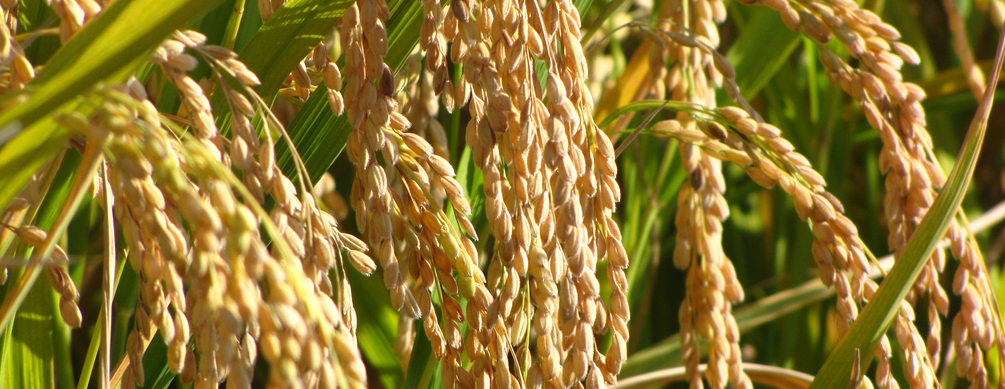New Scientist
Image: offal goat
Rice could be fertile territory for battery development. The silica-rich husks left over when rice is harvested are normally turned into fertiliser additives, but there is a better solution. The abundant waste product could be converted into electrodes with the power to extend the lifetime of the next generation of batteries.
The lithium ion batteries in today’s electronics usually contain electrodes made of graphite, but efforts are ongoing to switch them for silicon electrodes, which can hold 10 times more charge. This is expected to speed the development of more sophisticated portable electronics and better electric cars.
The downside of silicon electrodes is that they degrade even faster than those made of graphite each time the battery is charged and drained, shortening its lifetime. This “capacity fade” is caused by the electrodes drastically swelling and shrinking as the lithium ions circulate between the electrodes, causing them to fracture.
Silicon converted from the silica in rice husks may be able to resist this volume change, says Jang Wook Choi at the Korea Advanced Institute of Science and Technology in Daejeon, South Korea. The tiny holes in the husk that allow the rice kernel to breathe should also mean that any derived silicon would also be porous. Its holes could provide places for the ions to reside on the electrodes during charging and discharging, preventing the volume from significantly changing. Read more on newscientist.com…








